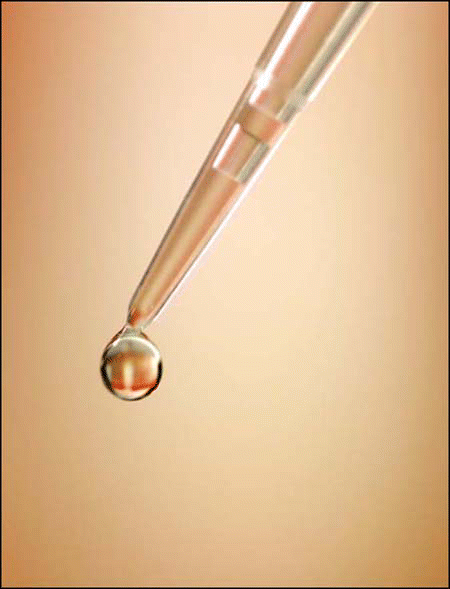Extended post-marketing studies have proven that SLIT is absolutely risk-free, in terms of severe side effects, said Dr. Burastero. SCIT has a low but not negligible and certainly immunotherapy-related rate of severe side effects, including death—about one occurrence out of 2 million injections, he added.
Explore This Issue
August 2006
Effectiveness: SLIT vs. SCIT
SLIT appears to be half as effective as high-dose injected immunotherapy, at least during the first year of treatment, although the meta-analysis review did not analyze this, observed Dr. Nelson.
Only three controlled comparative studies of sublingual and subcutaneous immunotherapy have been published, noted Dr. Burastero. Only one study used an optimal placebo-controlled, double-blind, double-dummy, and randomized design. In all three studies, the reduction in disease severity was of the order of 50% with no significant difference between the two treatments.
Dosing Uncertain
One of the largest questions that needs to be addressed surrounding SLIT is dosing, said Dr. Nelson. “The trouble is there are reports of successful sublingual treatment when given at one half the cumulative dose given by injection as well as failures when given up to 500 times the customary injected dose,” he said. Researchers are also reporting huge dose ranges as being equally successful.
ALK Denmark, a manufacturer of immunotherapeutic extracts, conducted the first dose-response study in more than 850 people with grass-induced allergic rhinitis randomized to placebo, 2500, 25,000 or 75,000 units of Phleum pratense. Only the highest dose was effective, said Dr. Nelson.
Data from the meta-analysis indicate that optimal maintenance dosing frequency has not been established.
In Europe, dosing protocols vary according to physician habits and to manufacturer suggestions, said Dr. Burastero. The general trend is toward daily SLIT, without any induction phase. The extracts are obtained from a manufacturer using standardized preparative procedures and batch-to-batch controls, and contain known amounts of major allergen, he said. Data indicate efficacious daily doses start at roughly 2 μg of a major allergen(s) and range up to 100 times this amount. According to his data review, immunotherapy has to be continued for at least three and up to five years.
Dosing Studies in US and France
Stallergenes Laboratories in France has conducted dose-response studies of SLIT tablets in grass pollen rhinoconjunctivitis (J Allergy Clin Immunol. 2006;117:721), while ALK has begun phase 1 studies on ragweed tablets in the United States. Both studies suggest that the dose given in a once-a-month subcutaneous injection needs to be given daily via SLIT to be effective, said Dr. Cox.
Leave a Reply